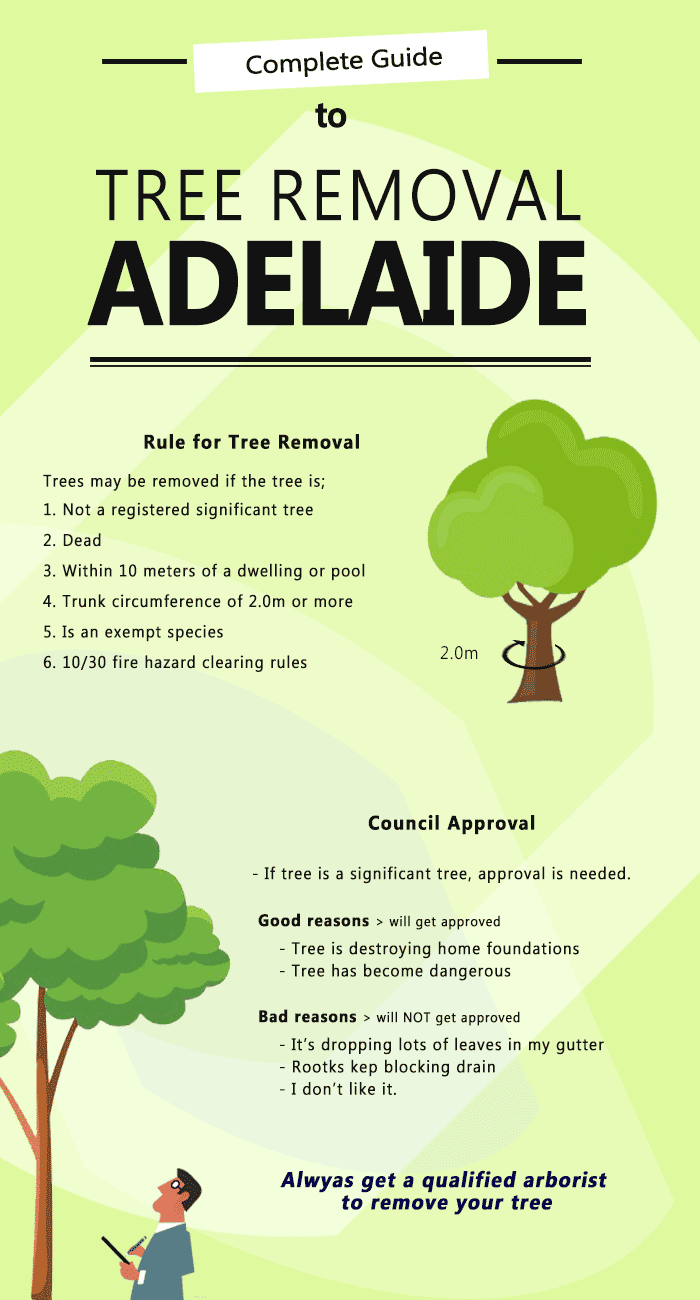Try To Find Significant Warnings That Your Tree Could Be A Danger; Recognizing These Can Assist Guard Your Home And Your Family.What Should You Keep An Eye Out For Next?
Try To Find Significant Warnings That Your Tree Could Be A Danger; Recognizing These Can Assist Guard Your Home And Your Family.What Should You Keep An Eye Out For Next?
Blog Article
Uploaded By-Vogel Goodman
When it concerns tree treatment, recognizing the indicators that it's time for removal is important for your security and residential property. You could observe blemished fallen leaves, wilting branches, or weird fungal growths suggesting health problems. Structural concerns, like a significant lean or cracks in the trunk, can additionally present risks. Understanding these indication can help you make informed choices regarding your trees and protect against potential threats lurking in your yard. What should you try to find following?
Signs of Degeneration and Disease
When you notice indications of degeneration and condition in your trees, it's essential to act quickly. Look for blemished leaves, wilting branches, or unusual developments like fungi. These can show that your tree is struggling.
If you see cracks in the bark or soft, mushy timber, these signs recommend inner decay. Additionally, an unexpected increase in insects around your tree can signal that it's damaged and at risk.
Look for any dead or dying limbs, as they position a risk to your home and safety and security. If you're uncertain concerning what you see, speaking with an arborist can provide clarity.
Dealing with these indicators early can conserve you from much more considerable damages and make certain the health and wellness of your lawn. Don't wait up until it's too late.
Structural Instability and Leaning
As you observe your trees, keep an eye out for any type of signs of structural instability or leaning. If a tree leans considerably, it might show that the root system is endangered.
Seek any kind of fractures in the trunk or dirt around the base; these can indicate potential failing. Furthermore, https://can-tree-root-damage-foun94949.bloggip.com/35357100/pruning-at-the-right-time-and-with-the-ideal-technique-can-transform-your-trees-find-how-to-optimize-their-growth-prospective for uncommon development patterns, like an uneven crown, which may suggest that the tree is having a hard time to hold itself upright.
If you observe that the tree leans toward your home, power lines, or various other frameworks, it presents a better danger. Don't neglect these indications-- speak with an arborist to assess the situation.
Taking action early can stop expensive damages and guarantee your security.
Dead or Dying Branches and Vegetation
If you observe dead or dying branches and vegetation on your tree, it's a clear indication that something's wrong.
These unhealthy locations can show underlying issues like illness, pest infestations, or ecological tension. When branches lose their fallen leaves or transform brownish, they're no longer adding to the tree's health. Ignoring these indications might bring about more decline, making your tree a lot more unsafe.
Dead branches can easily break short during storms, posing a risk to building and individuals close by. Local Tree Removal Service Near Me to analyze the level of the damage.
If the trouble impacts a substantial part of the tree, think about consulting a professional. They can assist identify if elimination is needed to guarantee security and maintain the appeal of your landscape.
Final thought
If you observe any kind of signs of degeneration, architectural instability, or dead branches on your trees, don't neglect them. These signs can position major safety dangers to you and your residential or commercial property. https://www.countryliving.com/gardening/garden-ideas/g3133/landscaping-tips/ 's always best to speak with an expert arborist who can offer a specialist assessment of your trees. Acting early can protect against accidents and costly damages, ensuring your landscape stays secure and healthy. Bear in mind, it's better to be proactive concerning tree treatment than to wait for a catastrophe to take place.
